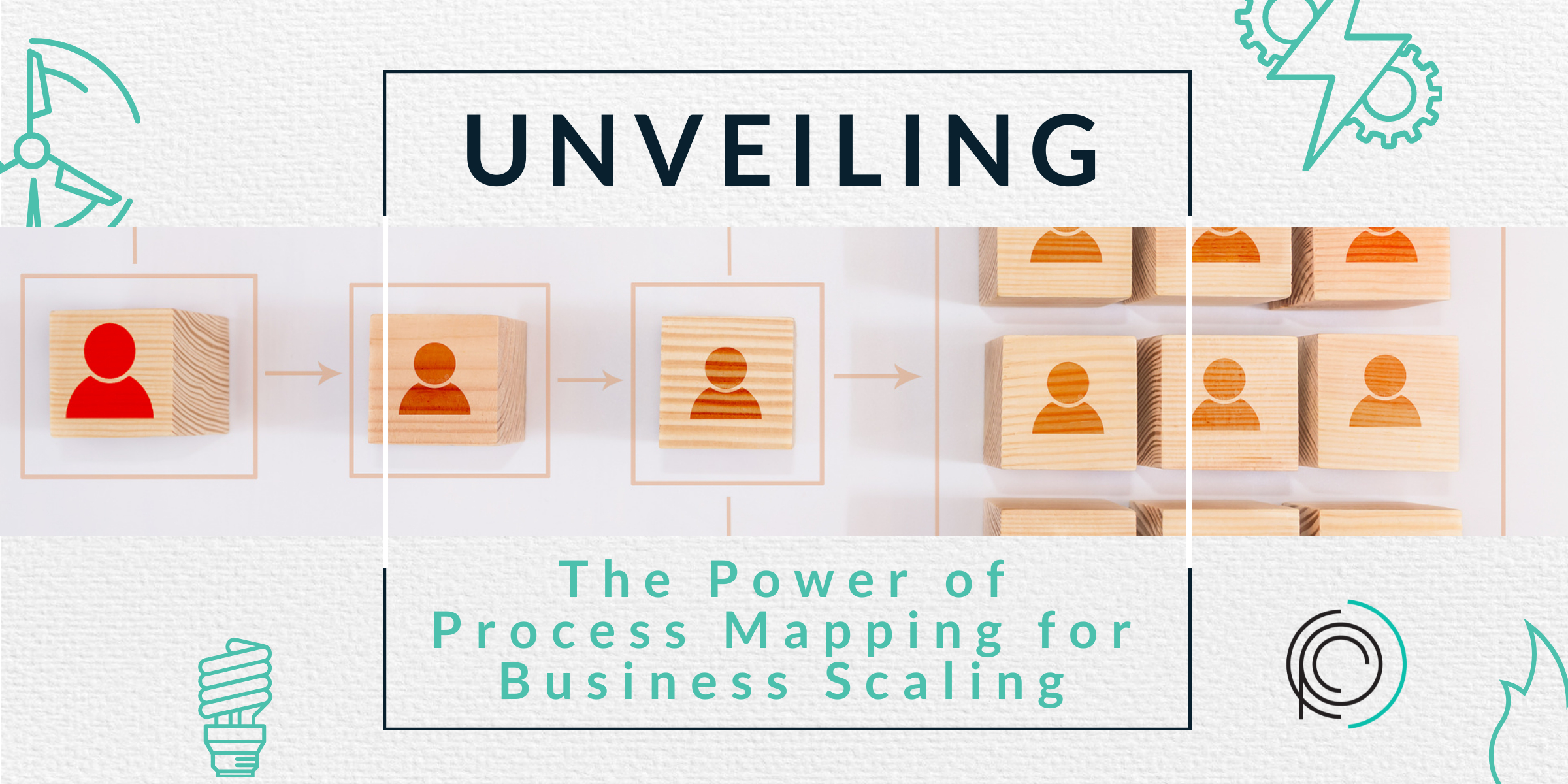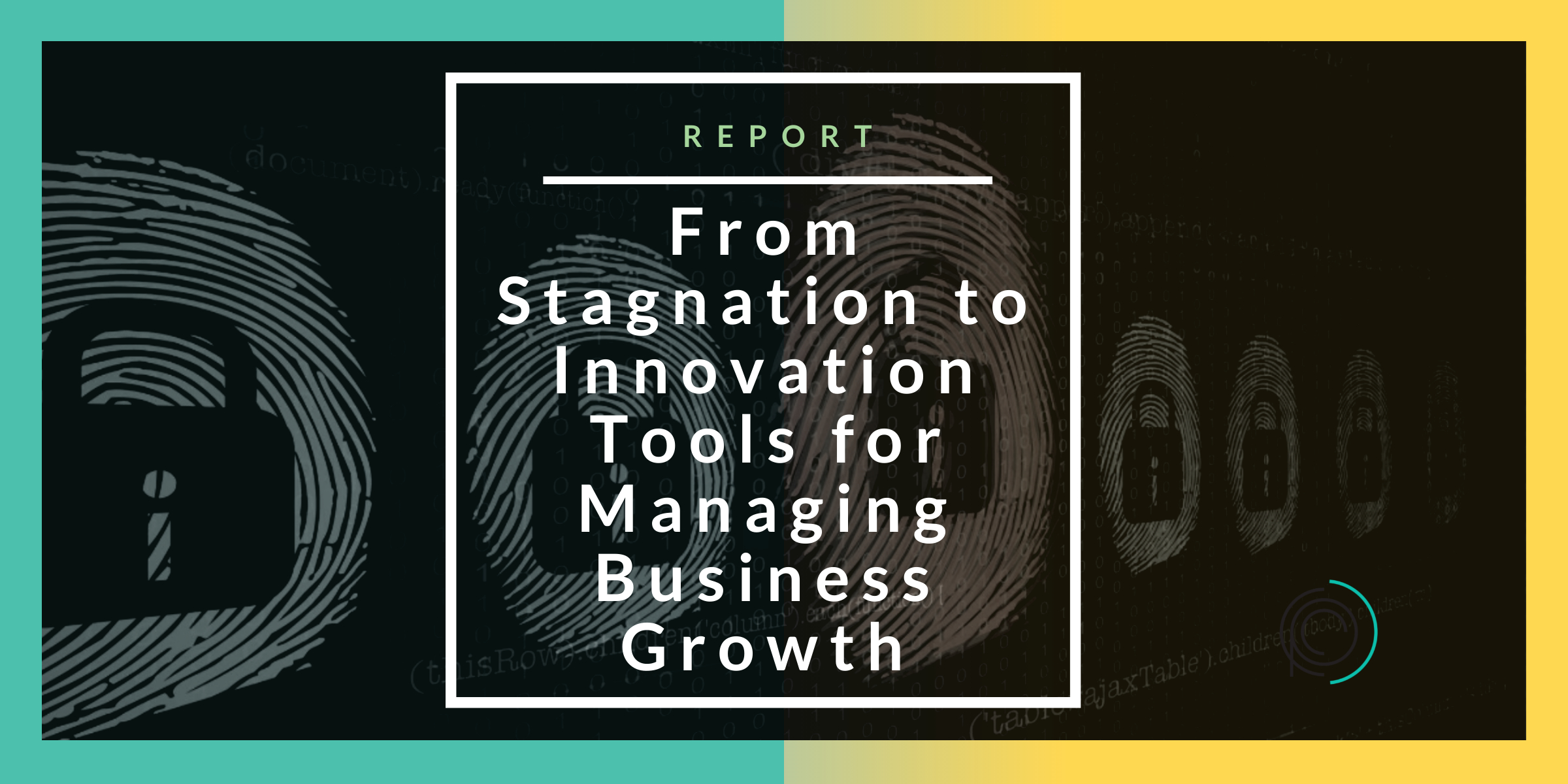Empowering Success: How Human Capital Management Fuels Organizational Growth
Employees are undeniably the driving force behind any company’s success. Among the myriad practices that keep employee productivity and satisfaction at their highest, human capital management (HCM) stands out as a crucial component. HCM encompasses the recruitment, training, management, and retention of talent to achieve business goals. It involves strategic planning to ensure that the right people are in the right roles, fostering a culture of continuous learning and development, and implementing effective performance management systems. In this blog post, we will explore why human capital management is the lifeblood of a thriving organization, diving into its various facets and illustrating how each contributes to overall organizational health and success. By understanding and investing in HCM, companies can build a robust workforce that drives innovation, productivity, and long-term growth.
Strategic Workforce Planning: Building the Foundation
Every successful organization starts with a solid foundation, and that is where strategic workforce planning comes in. This crucial Human Capital Management (HCM) practice involves forecasting an organization’s future talent needs based on its goals, objectives, and projected growth. By analyzing market trends, technological advancements, and competitive dynamics, companies can better predict the types of skills and roles they will need in the future.
Strategic workforce planning also entails identifying critical roles and skills gaps within the company and devising strategies to fill those gaps through recruitment, training, or succession planning. For instance, organizations might work on developing internal training programs to upskill current employees or create partnerships with educational institutions to ensure a steady pipeline of future talent.
Additionally, this process helps in recognizing potential risks in talent shortages and prepares companies to mitigate those risks by diversifying their talent pools and adopting flexible work arrangements. By taking a proactive approach to aligning human capital with business objectives, companies can ensure that they have the right people in the right positions at all times, thereby facilitating continuous growth and long-term success.
Attracting and Retaining Top Talent
Attracting and retaining top talent is a key component of Human Capital Management (HCM). In today’s highly competitive job market, organizations must go beyond merely offering competitive salaries to attract and retain the best employees. They must also cultivate a positive work culture that promotes collaboration, respect, and inclusivity, creating an environment where employees feel valued and connected.
Opportunities for growth and development are also critical. Employees need to see a clear path for career advancement and personal development. This can include continuous learning programs, mentorship opportunities, and professional development workshops. By fostering an environment that supports lifelong learning, companies can help their employees thrive and grow within the organization.
A strong employer brand is another essential factor. Organizations need to communicate their mission, values, and culture effectively to appeal to potential hires. This can be achieved through a well-crafted online presence, engaging social media content, and employee testimonials that highlight the company’s strengths and unique attributes.
By investing in these areas—competitive compensation, positive work culture, growth opportunities, and a strong employer brand—companies can not only attract top talent but also keep them engaged, motivated, and committed to the organization for the long term. This holistic approach to talent management is what sets successful organizations apart in today’s dynamic business landscape.
Nurturing Talent through Continuous Learning
In today’s fast-paced business world, staying ahead of the competition requires continuous learning and skills development. This is where HCM (Human Capital Management) plays a crucial role by fostering a culture of learning within the organization. By offering a variety of training and development opportunities, such as workshops, online courses, and mentorship programs, companies can not only enhance their employees’ skills but also show a commitment to investing in their growth. This commitment to professional development helps employees stay current with industry trends and technologies, making them more effective in their roles. Additionally, a strong focus on learning and development can lead to increased innovation and adaptability within the organization. All of these efforts, in turn, lead to higher levels of employee engagement, satisfaction, and retention, creating a more motivated and productive workforce.
Effective Performance Management for Growth
Performance management is another critical aspect of Human Capital Management (HCM) that directly impacts organizational success. It involves setting clear expectations and goals for employees, providing regular feedback and recognition, and conducting performance reviews to identify areas for improvement. In addition to these elements, performance management also encompasses the development of personalized development plans that help employees grow their skills and advance in their careers. Regular one-on-one meetings between managers and team members can facilitate open communication and ensure that employees feel valued and heard. By implementing an effective performance management system, companies can improve employee productivity and motivation while creating a culture of accountability and continuous improvement. Investing in such systems ultimately leads to better employee retention and overall organizational success.
Actionable Steps for Leaders Today
To drive immediate and impactful changes within their organizations, leaders must take several actionable steps that align with Human Capital Management (HCM) best practices. These steps include fostering a culture of continuous learning and development, implementing robust performance management systems, and prioritizing employee engagement and well-being. By focusing on these key areas, leaders can not only enhance overall productivity but also ensure long-term organizational growth and sustainability.
Implement Comprehensive Training Programs
First and foremost, leaders should invest in creating comprehensive training programs that address both current and future skill needs. This can include internal workshops, external certifications, and access to online learning platforms. Additionally, these programs should be tailored to different learning styles, ensuring that all employees can benefit regardless of their preferred method of learning. By equipping employees with the necessary skills, organizations can foster a culture of continuous improvement and adaptability. Regularly updating these training initiatives based on industry trends and technological advancements will help maintain their relevance and effectiveness.
Foster Open Communication Channels
Leaders should establish and maintain open communication channels that encourage feedback and dialogue at all levels. This can be achieved through regular team meetings, anonymous feedback tools, and an open-door policy. Additionally, leaders can host town hall meetings and create dedicated online forums for discussion. Transparent communication helps build trust and ensures that employees feel valued and heard. By actively listening to their team members and addressing concerns promptly, leaders can create a more inclusive and supportive workplace environment.
Develop Clear Career Paths
Creating clear career progression pathways is crucial for both employee retention and motivation. Leaders can work with HR teams to map out development plans that provide employees with a roadmap for advancement within the organization. This includes identifying necessary skills, providing learning opportunities, and setting achievable milestones.
A well-defined career path helps employees understand what is required for them to grow in their roles and advance to higher positions. It also allows them to set personal goals that align with the company’s objectives. Providing regular feedback and support throughout this journey is equally important, ensuring that employees feel guided and valued. Additionally, offering mentorship programs and access to professional development resources can further enhance their progression and satisfaction.
Enhance Work-Life Balance
Promoting a healthy work-life balance is essential for employee well-being and productivity. Leaders can adopt flexible work arrangements, such as remote work options or flexible working hours, to help employees manage their personal and professional responsibilities more effectively. Additionally, providing resources like mental health support, wellness programs, and regular breaks can further contribute to a positive work environment. Encouraging open communication about workload expectations and offering time management training can also empower employees to balance their duties efficiently.
Cultivate a Positive Work Culture
A positive work culture is a significant determinant of employee satisfaction and engagement. Leaders should actively promote values such as inclusivity, respect, and collaboration within the workplace. This can be done through team-building activities, diversity and inclusion initiatives, and recognition programs that celebrate employee achievements.
To further enhance this environment, it is important to regularly assess and address any issues that may arise. Encouraging open communication and providing platforms for feedback can help identify areas for improvement. Additionally, offering continuous professional development opportunities can foster a sense of growth and investment in employees’ careers. By creating a supportive and motivating atmosphere, organizations can boost morale, enhance productivity, and retain top talent.
Utilize Data-Driven Decision Making
Finally, leveraging data-driven insights can help leaders make informed decisions about talent management. By analyzing workforce data, such as employee performance metrics, engagement scores, and attrition rates, leaders can identify trends and areas that require attention. For example, understanding which departments have high turnover rates or which teams are consistently underperforming can pinpoint specific areas for intervention. This strategic use of data ensures that actions are effective and aligned with organizational goals, allowing for more precise and targeted solutions that address root causes rather than just symptoms.
Moreover, data-driven decision-making can facilitate a more personalized approach to employee development and retention. Leaders can tailor training programs and career advancement opportunities to meet the unique needs and aspirations of individual employees. This not only enhances employee satisfaction and engagement but also fosters a culture of continuous improvement and professional growth.
By taking these actionable steps, leaders can significantly enhance their Human Capital Management practices, thereby driving long-term organizational success and growth. Investing in and effectively managing human capital is critical to maintaining a competitive edge in today’s dynamic business environment. With a proactive and data-informed approach, organizations can build a resilient, motivated, and high-performing workforce.
Human capital management (HCM) is pivotal to an organization’s success. A robust HCM strategy not only attracts and retains top talent but also boosts employee productivity enhances decision-making, and maximizes business outcomes. Effective HCM practices involve comprehensive recruitment processes, continuous training and development programs, and robust performance management systems. Investing in these practices is not merely advisable; it is crucial for any company aiming to outpace competitors, foster a positive company culture, and achieve sustained growth. By prioritizing HCM, businesses can ensure that their workforce is engaged, motivated, and aligned with the organization’s goals.
Ready to get started? Connect with one of our experts today.







